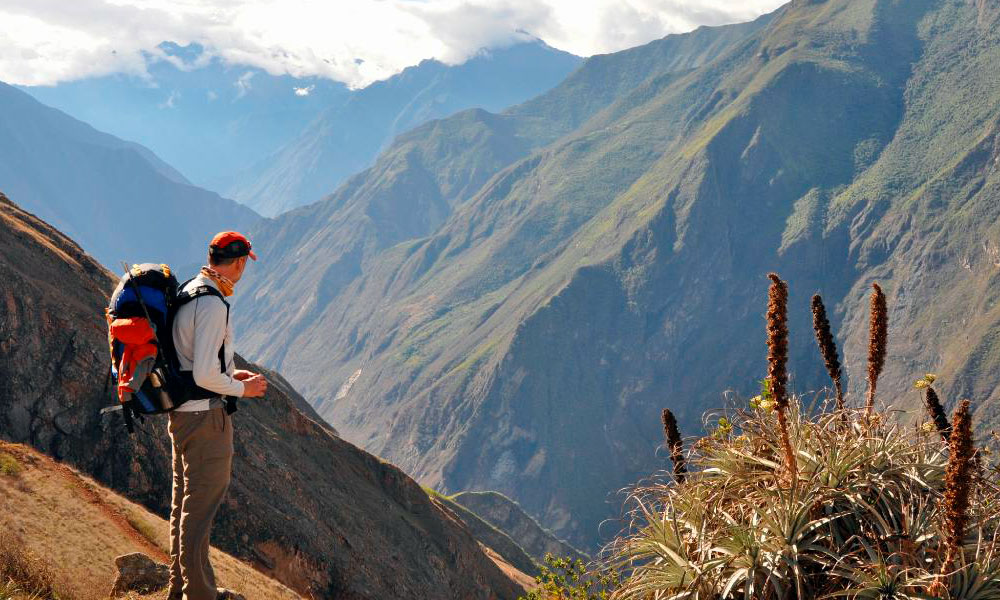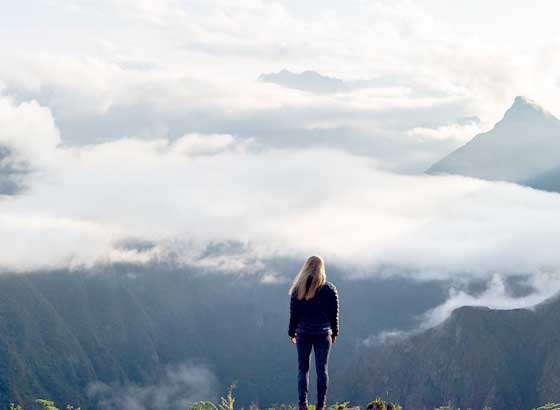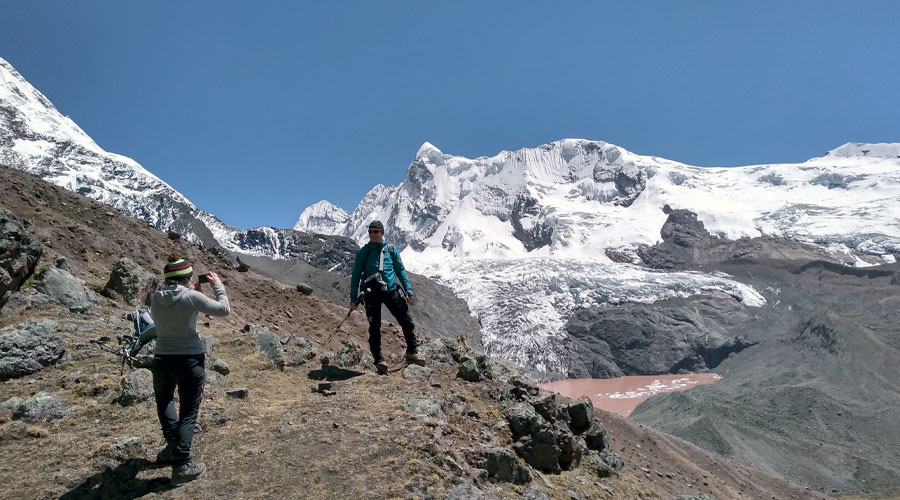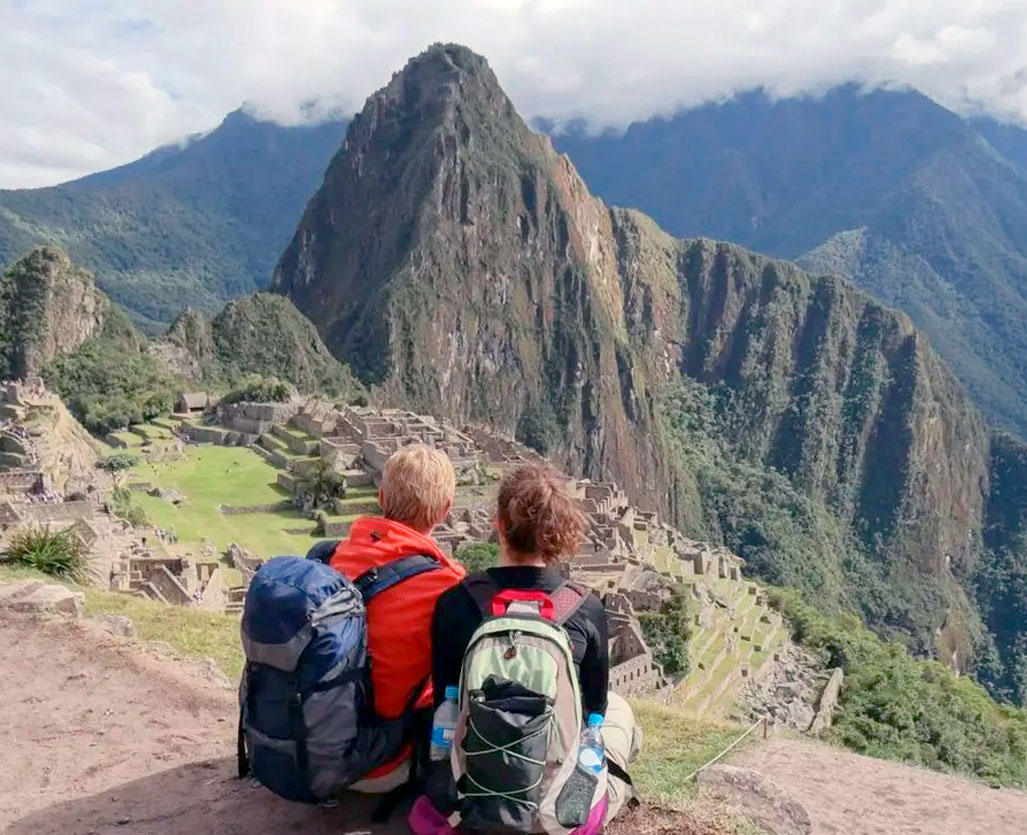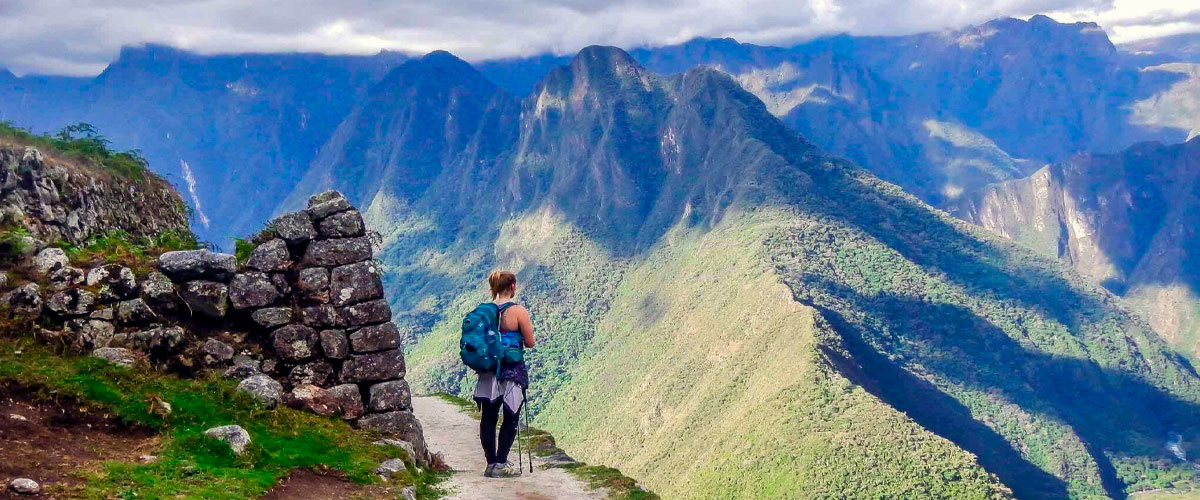Peru Information: Peru is located in the southwest of South America at 13° southern hemisphere limited with the Pacific Ocean, Peru was born the widest river of the world (the Amazon River). Peru is a large, mountainous country on the Pacific coast of South America that borders Ecuador and Colombia to the North, Brazil and Bolivia to the East, and Chile to the south. The Pacific Ocean lies to the West.
Peru has the most spectacular and varied scenery in South America. The Peruvian Andes are the most beautiful on the continent, the mountains are home to millions of highland natives who still speak the ancient language (Quechua) and maintain a traditional way of life. The Amazon which occupies half of Peru is one of the world’s top 10 biodiversity “hot spots”, a species- rich area of tropical rainforest that will make your head spin when you start to learn about its ecology. The coastal deserts are beautiful with huge rolling dunes, farmland oases and fishing villages.
The citizens from the following areas will be issued a visa (30-90 days, usually 90) on arrival: North and South American, Western Europe, Australia, New Zealand, South Africa, Fidji and India. If in doubt, check in the nearest Peruvian Consulate. When entering Peru, travellers must fill- out a double entry form. The original stays with immigration. The duplicate is given to the visitors and must be surrendered upon leaving. Do not lose it. It costs $5 USD to replace.
Peru is a representative democratic republic divided into 24 departments, 11 regions; Its geography varies from the arid plains of the pacific coast to the peaks of the Mountains of the Andes and the tropical forest of the Amazon basin.
MACHU PICCHU – PERU
Machu Picchu is a Quechua word that means “Old Peak” or “Old Mountain”; it’s located in the region of Cusco at 112 km at northeast of Cusco City; at 2,400 masl; Machu Picchu is a pre-Columbian XV century Inca site. Most archaeologists believe that Machu Picchu was built as an estate for the Inca Emperor Pachacutec (1438–1472).
The Incas started building the Machu Picchu around 1400, but abandoned it as an official site for the Inca rulers a century later at the time of the Spanish Conquest. Although known locally, it was unknown to the outside world before being brought to international attention in 1911 by the American Historian Hiram Bingham. Since then, Machu Picchu has become an important tourist attraction. Most of the outlying buildings have been reconstructed in order to give tourists a better idea of what the structures originally looked like. Since the site was never known to the Spaniards during their conquest, it is highly significant as a relatively intact cultural site.
Machu Picchu was built in the classical Inca style, with polished dry stone walls. Its three primary structures are the “Intihuatana” (Hitching Post of the Sun), the Temple of the Sun, and the Room of the Three Windows. These are located in what is known by archaeologists as the Sacred District of Machu Picchu.
MACHU PICCHU CLIMATE: The annual temperature averages 16°C and annual rainfall is between 1,500 masl and 3,000 masl at low altitudes. At 2,500 masl as altitude the average temperature drops to 10.2°C, and annual rainfall is 2,170 masl. The dry season lasts from May to September and the wet season from October to April.
- The main economic activities include agriculture, fishing, mining, and tourism.
- The population is estimated at 28 million; is multi-ethnic country, including Americans, Europeans, Africans and Asians.
- Capital Lima. Population: 8.5 million (2007).
- Area: 1,285,220 sq km (496,225 sq miles).
- Population 30 million. The population of the country is largely Indian and Mestizo.
- Time: GMT – 5.
- Government Republic.
- Gained independence from Spain in 1824, having declared it in 1821.
- President : Ollanta Umala since 2011
- Religion: 81% Roman Catholic, 2.7% other denominations, 16.3% unspecified or none.
Language:
Although the majority of city and town dwellers speak Spanish, Quechua is spoken in most mountain areas and Aymara/Spanish on the Lake titicaca Islands.
Many people in the city and tourism areas speak English.
Electricity
220 volts AC, 60Hz. (110 volts AC is available in most 4- and 5-star hotels).
Climate
Varies according to the area. On the coast winter lasts from June to September. During this period, the mountainous areas are often sunny during the day but cold at night. This is high tourist season and the best time to visit most regions. Heavy rains in the mountains and jungle last from December to April. It hardly ever rains in Lima or most of the coast, except for Tumbes and Piura, which have tropical climates.
TOURS & TREKS IN PERU
- Ausangate Trek & Rainbow Mountain 4D
- Ausangate Trek 6D
- Huchuy Qosqo Trek & Machu Picchu 3D
- Choquequirao Trek 4D
- Lares Trek & Machu Picchu 4D
- Machu Picchu Day Tour
- Machu Picchu Tour 2 Days
- Machupicchu Tour 5 Days
- Machu Picchu Huaynapicchu Tour 4 Days

